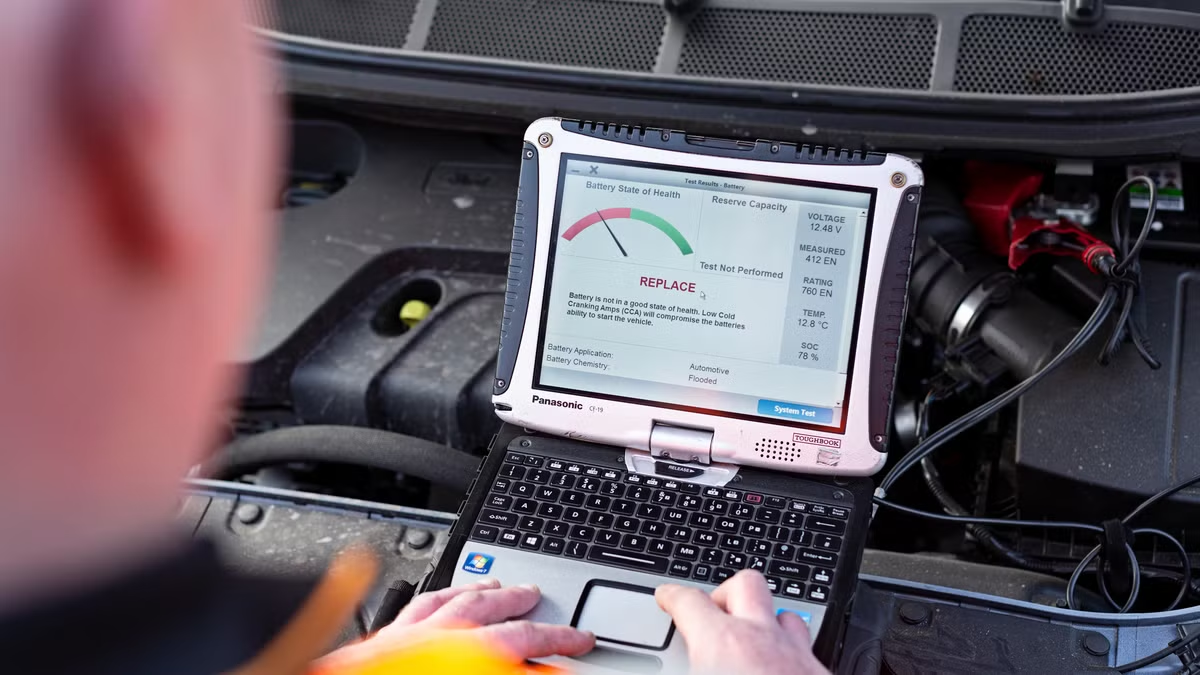
Motorists are being warned of the rise in car cloning crimes, amid a worrying increase in vehicle identity theft.
Car insurance comparison experts from Quotezone.co.uk have urged drivers to stay alert, avoid posting images of their car online and park in garages when possible to minimise the risk of car cloning.
This comes after an investigation revealed a 64% surge in car cloning in London alone.
The crime is a form of fraud and involves stealing or copying another person’s car registration plates, allowing criminals to run up fines for speeding, driving through low emission zones or to hide the identity of stolen or salvaged vehicles.
Number plates can be physically stolen or purchased through fraudulent suppliers.
Those who have fallen victim to car cloning will start to receive fines for crimes they have not committed, and proving innocence can be difficult, so it’s important to understand ways to prevent cloning.
The car insurance experts also say people can fall victim to car cloning through buying a used cloned vehicle, which can lead to significant legal and financial problems which could see motorists losing the car and the money they paid for it.
Motorists are not able to completely prevent car cloning, but there are some things which can help minimise the risk, including parking in a garage whenever possible, or using a car cover so your number plate is not easily visible.
The experts are advising motorists to be careful with what they post online, as images including number plates can make your vehicle more susceptible to criminals.
Those buying used cars must also be careful and make sure to check all car details beforehand. Make sure all VINs on the vehicle match each other and those in the logbook.
Anyone concerned they may be buying a cloned car should run the registration number, make and model of the car through the DVLAs vehicle enquiry service.
Greg Wilson, CEO and car insurance expert at Quotezone said: “The sharp rise in car cloning across London is very worrying and highlights a need for more awareness around the crime, as all drivers are susceptible to this growing type of fraud.
“Car cloning is not just a minor inconvenience – it can have serious legal and financial consequences for victims, who often find themselves receiving fines or penalty points for offences they had no part in.
“In some cases, people have unknowingly bought cloned vehicles and lost both the car and the money they paid for it. An increase in penalty points can also increase insurance premiums from 5-25%, depending on the number of points accrued.
“Unfortunately, there is no way to completely prevent car cloning, but there are ways motorists can minimise the risk. It’s also not sensible to share pictures of your vehicle online where the number plate is clearly visible – social media can be a goldmine for those looking to illegally copy registration details.
“While insurance companies can’t prevent car cloning, some may offer advice and assistance with legal expenses – which may help if you’ve unknowingly purchased a cloned vehicle, just be sure to check the policy details to see what’s included.
“If you suspect your vehicle has been cloned it’s important to report it to the police, DVLA and your insurer immediately and consider getting a new registration number.”
















